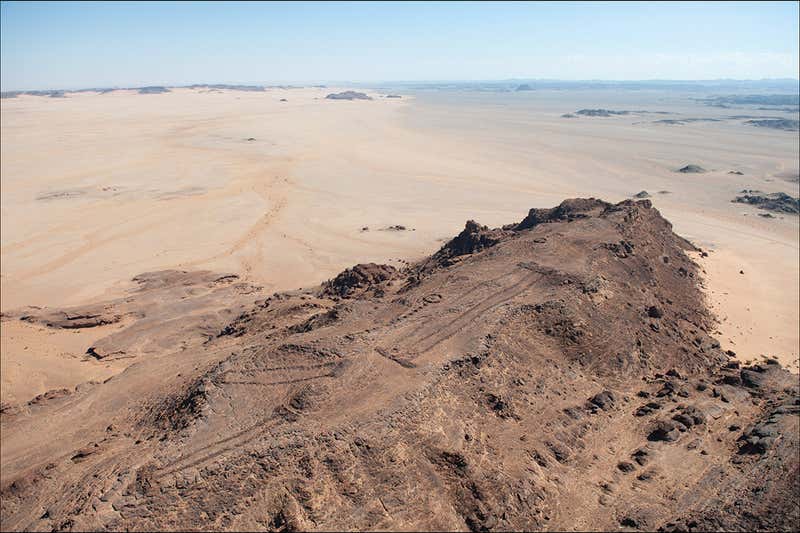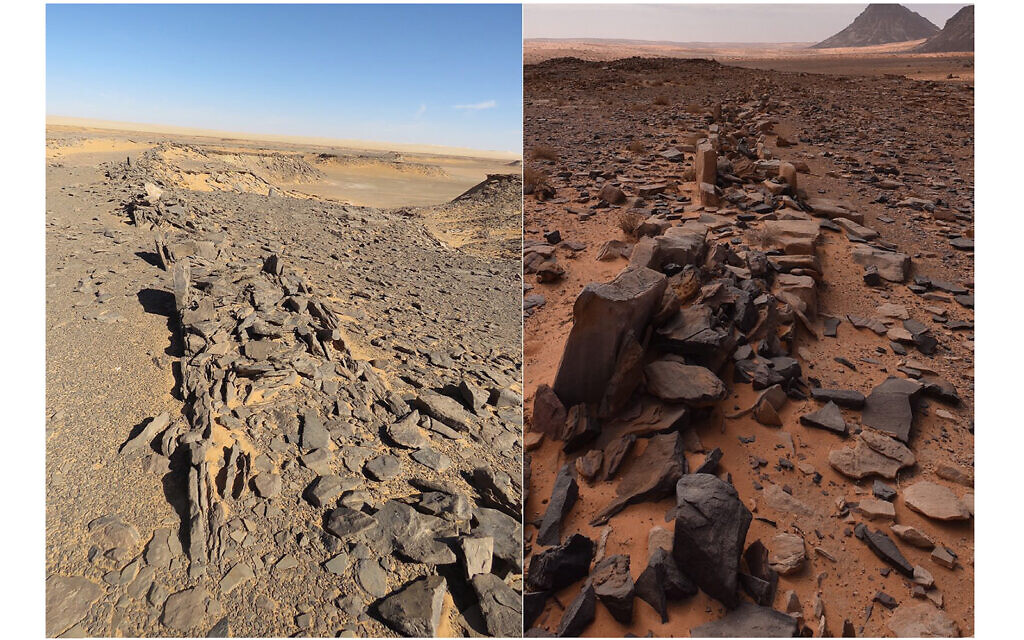Arabian cult may have built 1000 monuments older than Stonehenge
The Arabian Peninsula is home to more than 1,000 ancient monuments that are more than 2,500 years older than the U.K.’s Stonehenge. Called “mustatils,” which is the Arabian term for “rectangles,” these rectangular stone structures were likely used by Arabian cattle herders to perform rituals.
Researchers from the University of Western Australia arrived at this conclusion after excavating the site in northwestern Saudi Arabia. They uncovered cattle horns and skulls in one mustatil, suggesting that ancient Arabians might have used cattle fragments as ritual offerings.
Based on the age of the skulls, the researchers posited that mustatils were built between 5300 and 5000 B.C. This would make the monuments the earliest large-scale, ritual site anywhere in the world, predating Stonehenge and the Egyptian pyramids by more than two millennia.
“This could completely rewrite our understanding of cults in this area at this time,” said team member Melissa Kennedy. She explained that religious groups located further south became focused on homes, with families displaying small shrines. But the opposite was happening in ancient Saudi Arabia with mustatils, she went on.
The researchers detailed their findings in the journal Antiquity.
Ancient Arabians likely used stone monuments to pray to weather gods
Made of blocks of sandstone piled on top of each other, mustatils were originally called “gates” because they resembled traditional European field gates when viewed from above. They were discovered in the 1970s but received little attention from archaeologists until recently.
Lead researcher Hugh Thomas and his team embarked on the largest investigation into mustatils to date to learn more about these structures.
After flying over northwestern Saudi Arabia and surveying the ground, the researchers found more than 1,000 mustatils spread across 20 million hectares, which were twice as many as previously thought to exist in the area.


The open-air rectangular structures ranged from 65 feet to nearly 2,000 feet in length but their walls stood only around four feet high. According to Thomas, they were not designed to keep anything in but to demarcate an area that needed to be isolated.
In a typical mustatil, long walls surrounded a central courtyard that was bounded at one end by a distinctive rubble platform, or “head,” and an entryway at the opposite end. In some mustatils, the entrance was blocked by stones, suggesting that the mustatil might have been decommissioned after use.
Many structures also featured a chamber in the centre of the rubble platform. In one mustatil, the chamber contained cattle fragments that might have been used as ritual offerings to weather gods.
As the study showed, mustatils were built during the Holocene Humid Phase – a period between 8000 and 4000 B.C. during which Arabia and parts of Africa were wetter and what are now deserts were grasslands. But despite this humid environment, droughts were still common in these areas. As such, ancient Arabians might have herded and offered cattle to the gods to protect the land from changes in the weather, according to Kennedy.
Gary Rollefson, a professor of anthropology at Whitman College who was not part of the study, opined that the rituals in mustatils were also important for bringing communities together. Indeed, mustatils were typically clustered in groups of two to 10, suggesting that ancient Arabians held gatherings that were broken up into small social groups.
“The mustatils themselves are probably associated with an annual or generational coming-together of people who would normally be out with their herds and cattle,” he said. “But there’s no indication that these guys spent a lot of time around the mustatil.”





